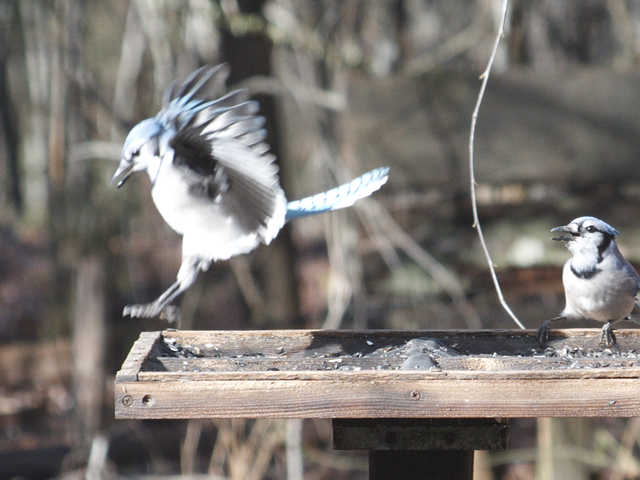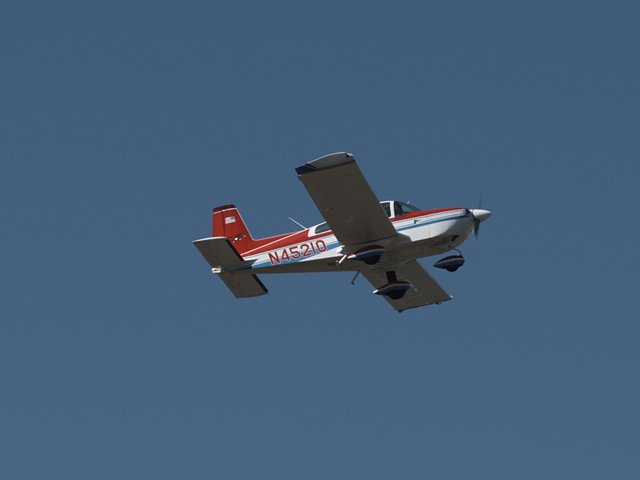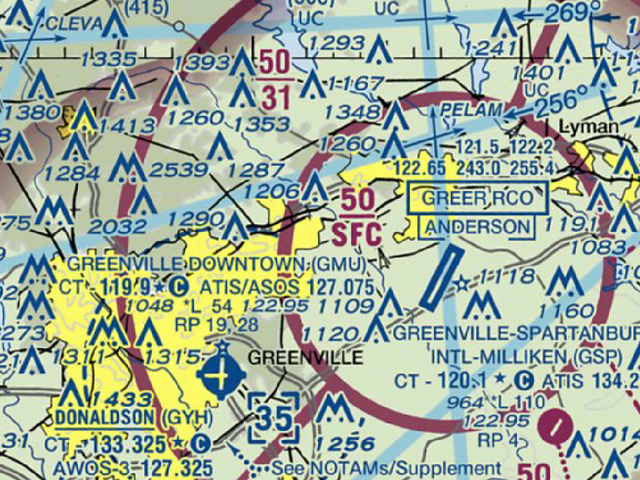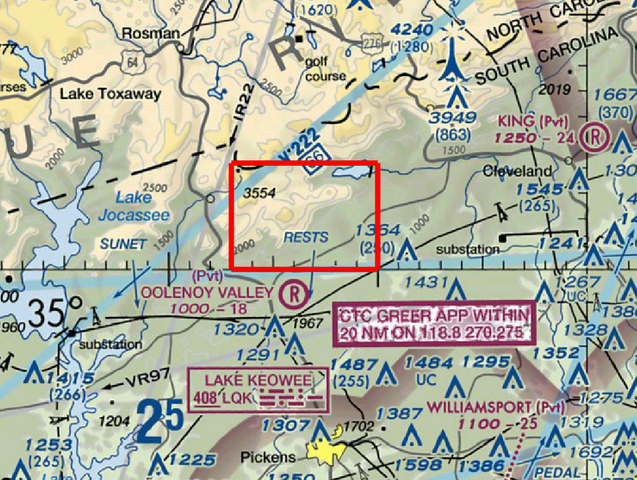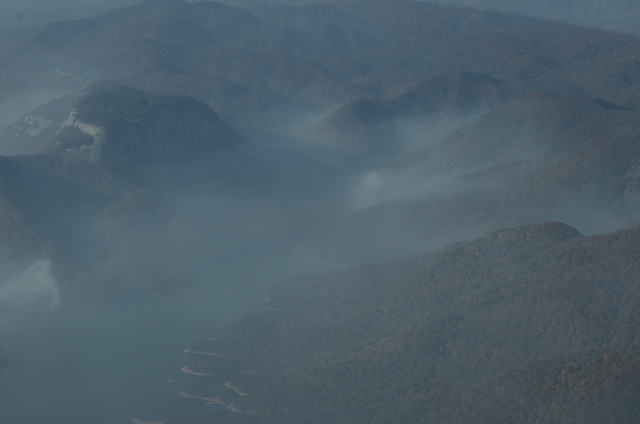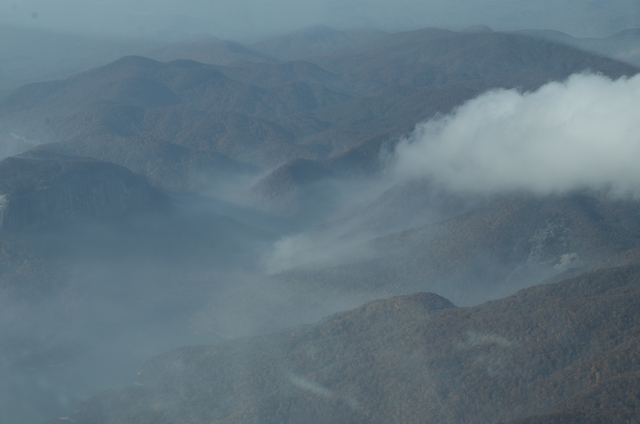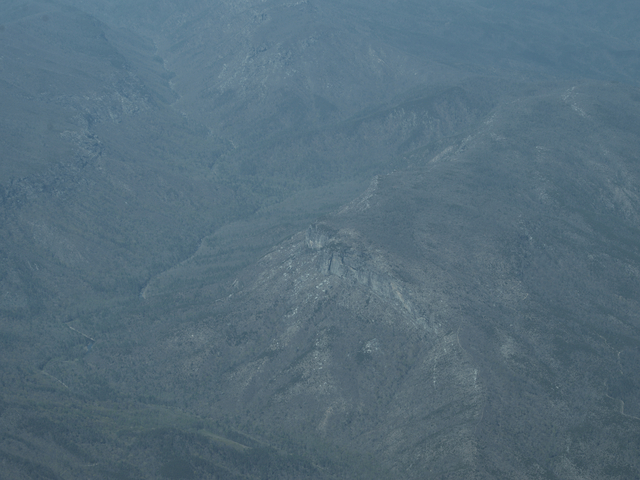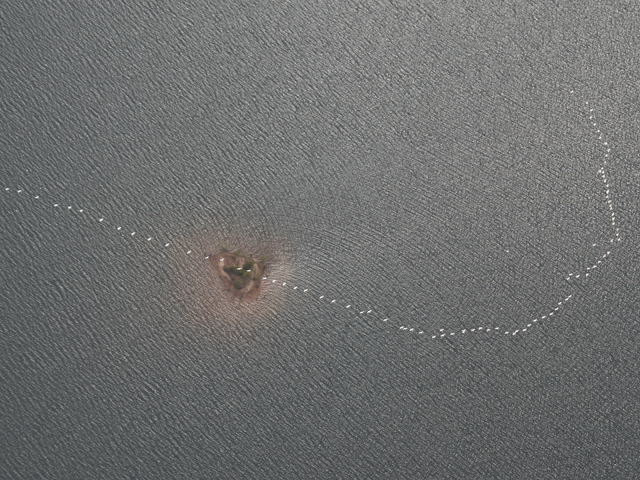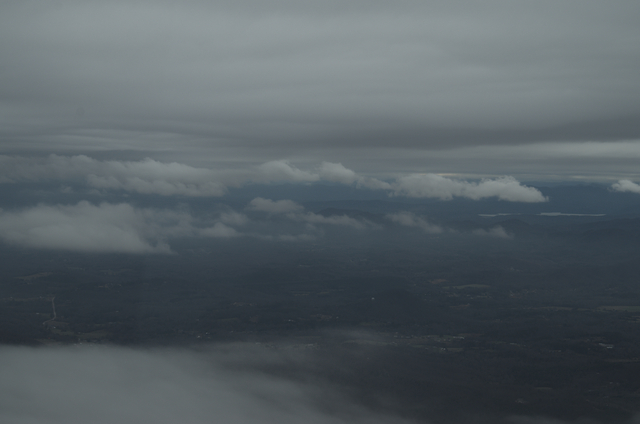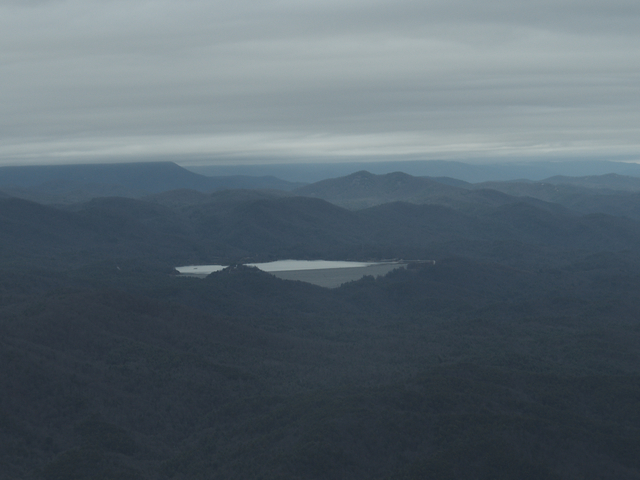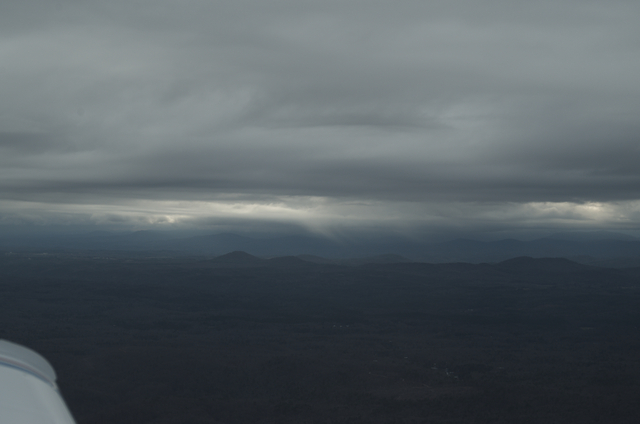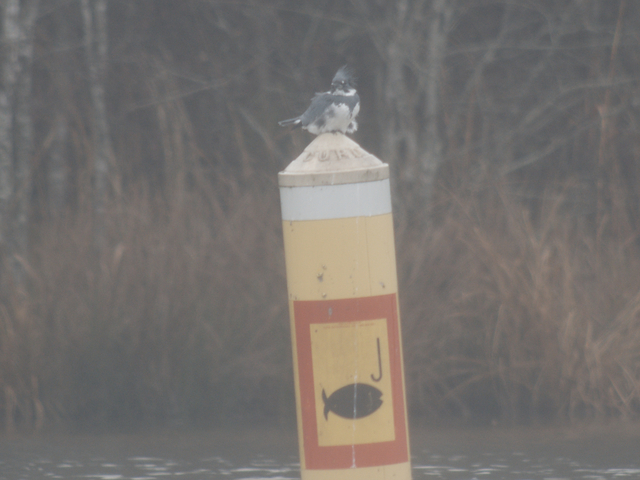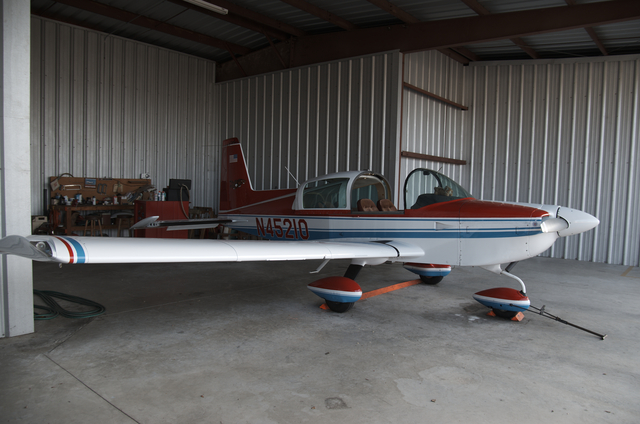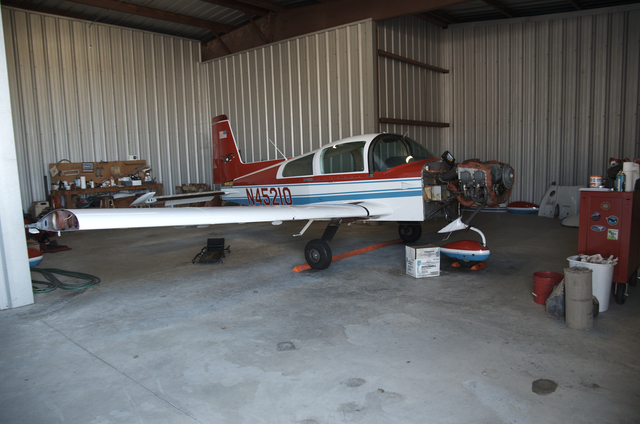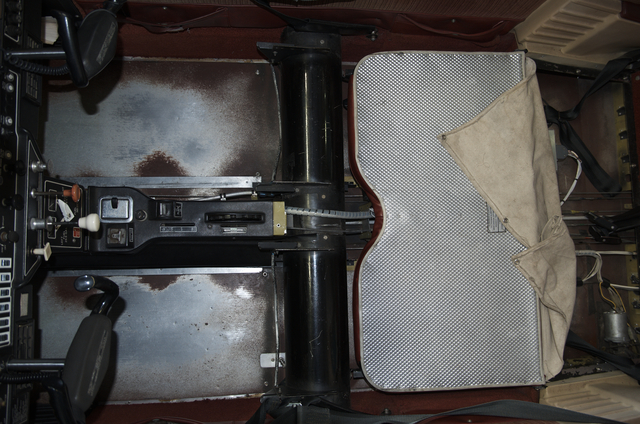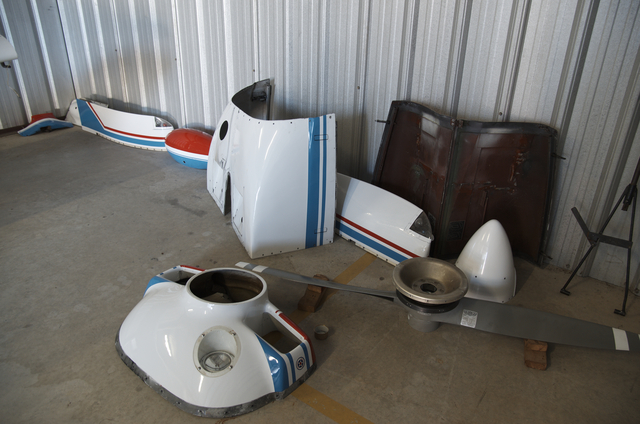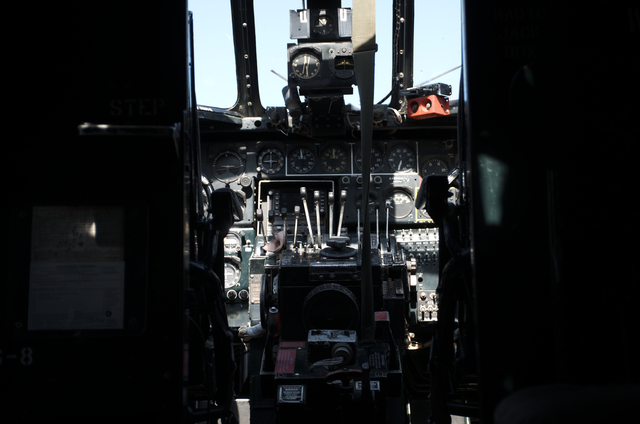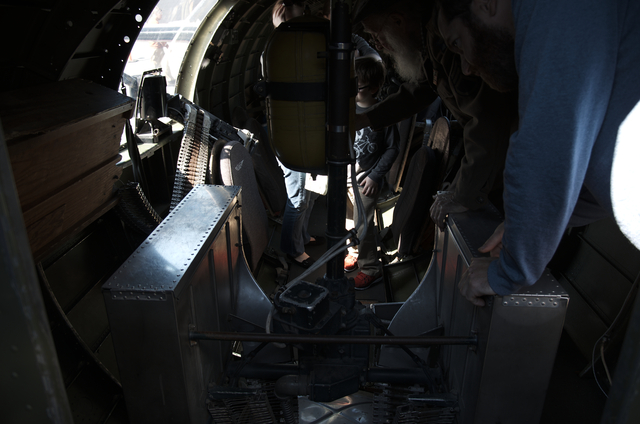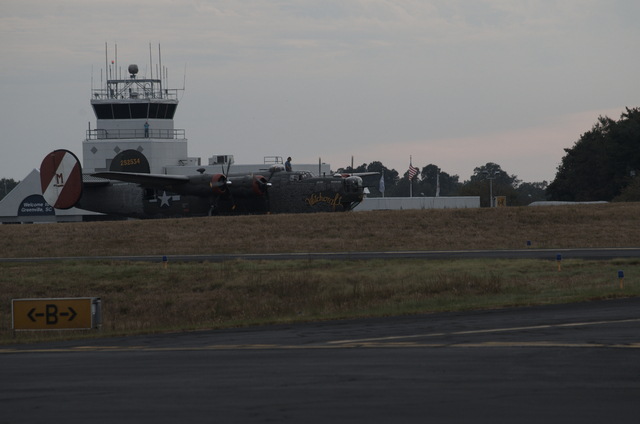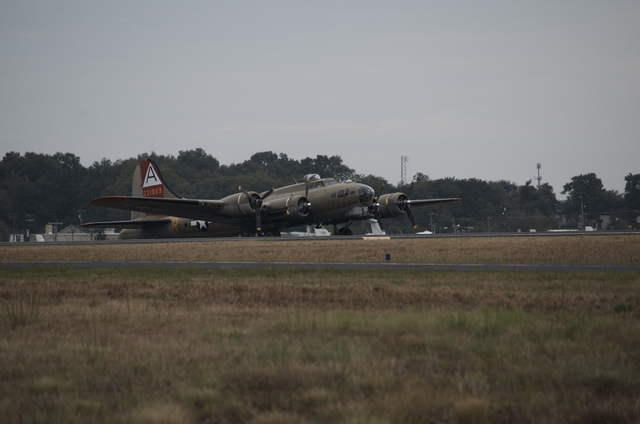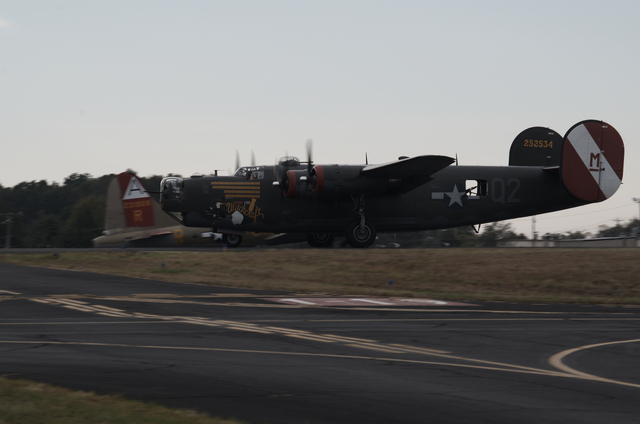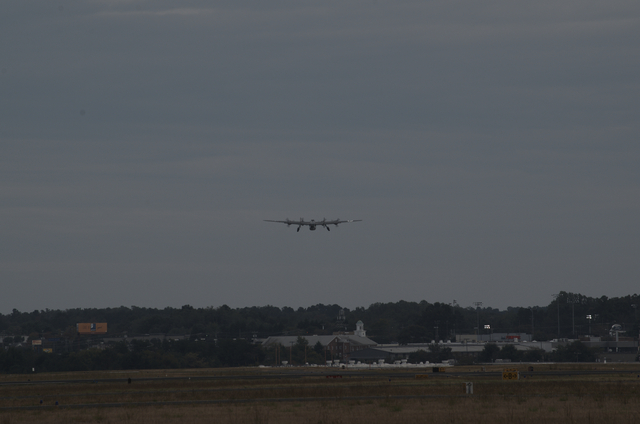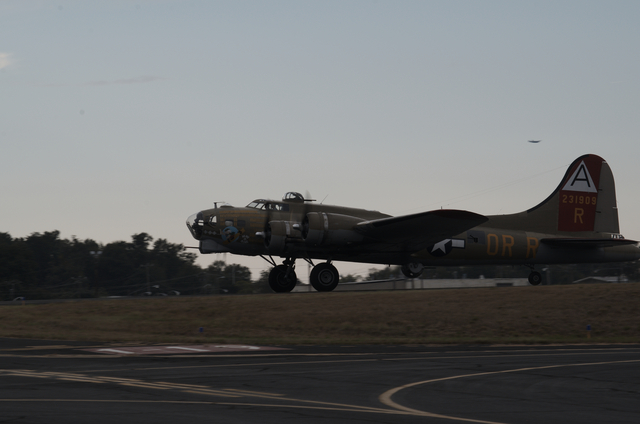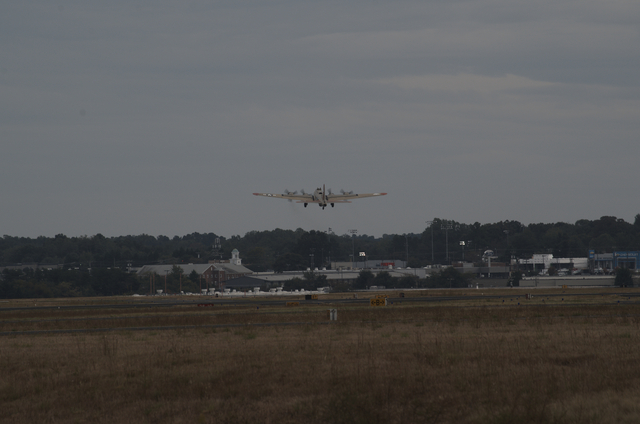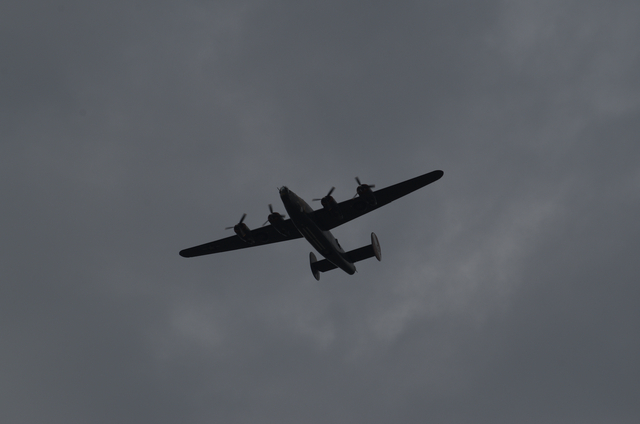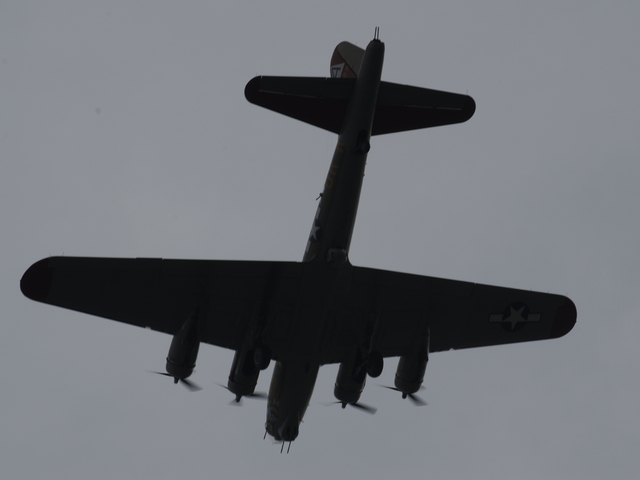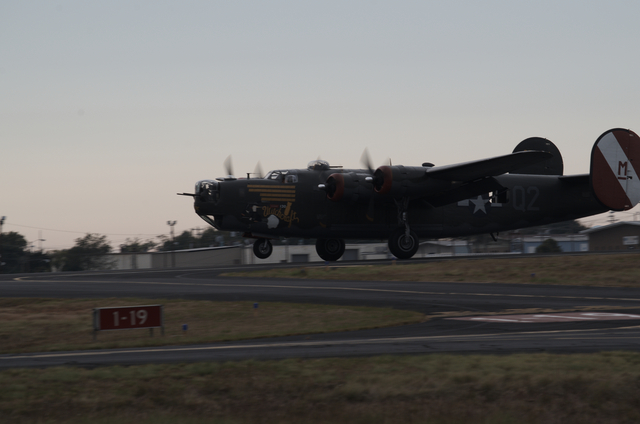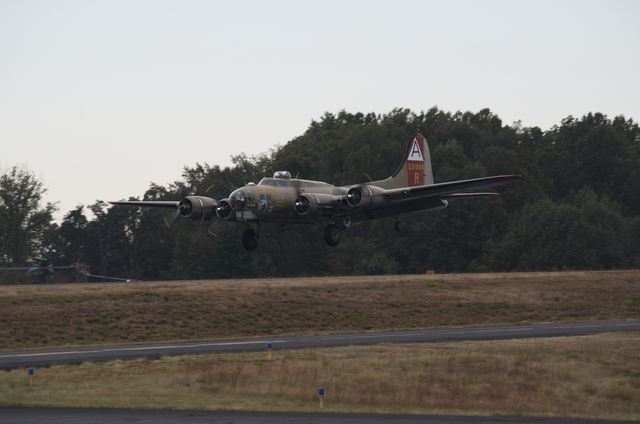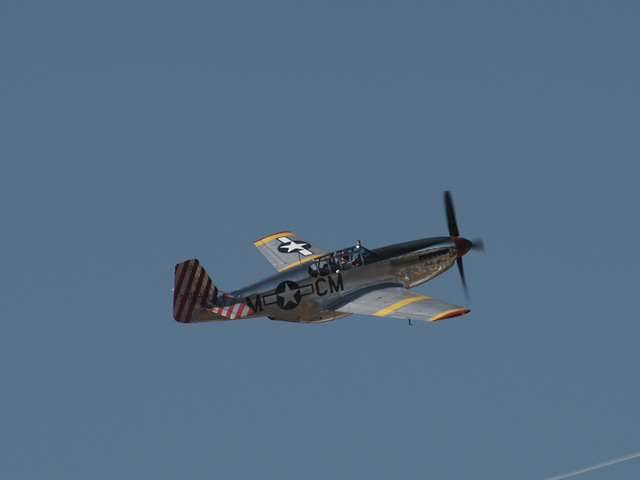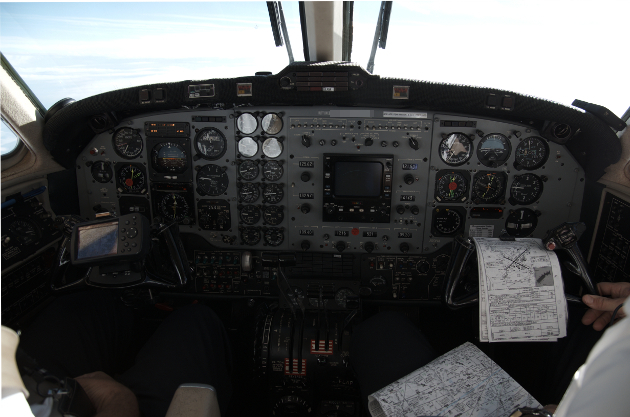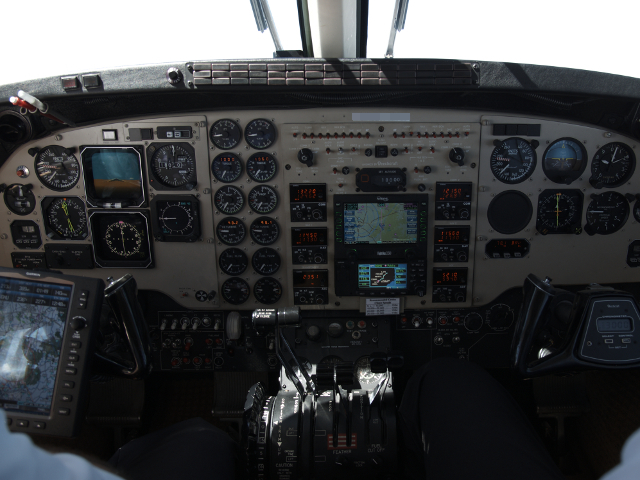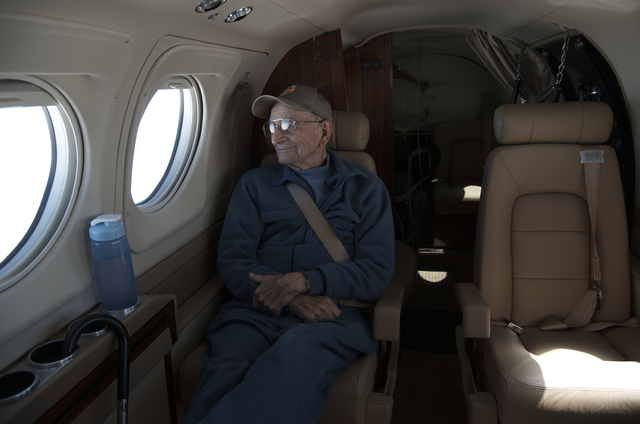Update: shortly after I posted this, NASA released some very interesting images taken with schlieren photography of a pair of supersonic T-34 aircraft showing their shock waves.
Sometimes I get these strange ideas. Ok, a lot of the time I get strange ideas. This one feels a bit more fleshed out than many, perhaps because I can reference a bunch of Wikipedia (et.al.) articles to explain and support it (sorry if I got carried away with the links).
I’m thinking about waverider aircraft, which take advantage of compression lift to improve performance at supersonic speeds.
Now for the strange part. What if a bird could go fast enough to exploit compression lift? The pointy Corvidae aerodynamics would seem to be suitable for this. Yes, it’d take a lot of flapping to get up to waverider speeds, but if I had my superpower of choice, the ability to become inertia-less or mass-less (really the same thing), I bet I could pull it off. My ability to disassociate myself from the Higgs field is easily the farthest “out there” of anything in this scenario. So what would that be like?….
[The song “Riding the Waves” from The Afro Celt Sound System‘s “Volume 2: Release” album makes a good soundtrack for this. The one I found on YouTube was somehow slowed down, and just doesn’t work for this, so find the album version. Queue it up from your favorite music source and let’s GO.]
I start out in a Blue Jay’s preferred habitat: the forest, in this case near the Southern Appalachian Mountains of the southeast USA. This is going to take a Lot of room, so I start with my usual ducking, diving, and weaving through the forest. This is always just good fun, but now I’m accelerating hard, until popping out the top of the forest into a bright clear sunny VFR morning. I’m going fast enough already that predators shouldn’t be much a problem, although I’m wary of those big metal things humans stick up in the air. At least they’re noisy so you can hear them coming.
Now I continue climbing, accelerating a bit but mostly climbing, looking for that sweet spot in the atmosphere where the air is thin enough to significantly reduce my drag but is still thick enough to get a good shove off of to apply thrust.
Reaching that altitude, around what y’all would call 10000′ density altitude (I’m not concerned about the number, though, I know it when I feel it), I level off and start to accelerate. As I shed those Higgs bosons and become more mass-less, acceleration really picks up. I’m not even using all my wings at this point, just the outer portions, almost humming-bird style. The rest of my wings are folded in to reduce drag. My tail is folded fully in: at this speed there’s not much surface needed for pitch and yaw control. In fact, I need to be careful to make only the tiniest of adjustments to maintain control.
The sonic shock wave is building in front of my beak. I can almost see it distorting the air. My speed is reasonably measured in hundreds of meters per second now.
I’m controlling my boundary layer to maintain a laminar flow, where the air right next to my feathers is hardly moving at all, while successive layers air going outward are going faster and faster. This maintains a very low drag as well as insulating me from the heat that’s being generated by all this air rubbing against the rest of the air. This requires a very active, distributed, lightning-reflex-fast flight control system. Just like a bird’s.
Now I’m going transsonic. This is the tricky part. Most of the airflow over me has become supersonic, but there are still parts that are subsonic. Aerodynamics are very different between those two regiems. My extreme aerodynamic control is handling it.
Reaching fully supersonic speed, I poke through the shock wave. Again, this is tricky, one slip and I could turn into a pile of feathers going in all directions at once. I place myself just in front of the shock wave with careful pitch and speed adjustments. I extend just a little of my wingtips and droop them down to contain the shock wave, and I can start to feel the compression lift, until it’s almost like being shoved forward. I take advantage of that to pitch up ever so slightly to climb higher. The air is really thin up here as I reach the the upper troposphere, but now I don’t need to apply much thrust at all, and the reduced drag helps the acceleration continue. I’m almost ballistic, riding the shock wave.
Shoved to hypersonic speeds, North America just slides by. The Appalachians are just a line of hills below, zipping by. I continue to control that boundary layer to maintain speed and temperature. My flight control system is operating at it’s peak. If it wasn’t, not only could I end up a poof of feathers all over the sky, I’d probably be fried too when I lost the boundary layer.
I’m not worried about predators up this high and fast, but I’m still alert, in case any of those big clumsy human sorta-winged things (can you really call it a wing if it can’t flap?) are up here. I wouldn’t want to scare some human pilot if I could avoid it. Then again…
Wise old pilot: Wh–?
Young co-pilot: Did you see that??
Pilot: I saw … something …. looked like a … bird…
Co-pilot: Yeah, that’s what I thought I saw. But the way it shot past us like that… what’s our airspeed?
Pilot: [Mach] .82.
Co-pilot: Couldn’t have been a bird. Should we report it?
Pilot: Kid, I’m 3 months from retiring with a full pension. I am not reporting that we got passed by a bird at FL330 and Mach .82. No, not even to ASRS!
I alter course ever so slightly (at 1500+ meters/second there’s no sharp turns, even if I still mass just about nothing) to angle across the North Atlantic, shooting across Europe and Asia. Fortunately my radar signature is almost non-existent, otherwise I might cause an international incident, although in the dark here the slight ionization trail created by the hot air collapsing in my wake is visible (not that I’m watching, my focus is all forward). The darkness isn’t a problem: this high up I have a clear view of the stars in the sky. This, combined with my own sense of direction make navigation easy.
Coming back over North America across Alaska, crossing into Canada, I begin to reduce the meager thrust I’d been using to maintain hypercruise and slowly straighten my wingtips to release the compression wave. Speed begins to rub off slowly. I let my mass start to come back so gravity can begin a slow descent.
As I come back over the United States, I’m down to merely supersonic speeds. I know we’re not supposed to be supersonic over land because the sonic boom bothers people, but with my small size, what they’re probably hearing down there, if anything, is more like a gunshot than a boom. The shock wave I’ve been riding begins to move forward. This is another tricky transition, and all my nerves are fully active to maintain control, sensing the tiniest perturbation of the air, flight attitude, direction, even gravity, and applying just the right corrections with wings, tail, beak, tilt of the head, crest, or even just the way I breathe: it doesn’t take much.
I finally get behind the shock wave and become subsonic approaching the Southern Appalachians. I pitch down a little more to continue descent while still scrubbing off speed. As I slow I extend my wings and tail for additional control and drag to continue decelerating. My flight planning is perfect and I swoop over my home range forest just as my speed comes down to a more normal small-bird 40kph. I drop back into the forest.
I’ve traveled around the northern hemisphere in a little over 5 hours, most of that at Mach 5+, covering about 22,000km. Whew.
Let’s do it again! After I get something to eat, of course. Hypersonic flight always makes me hungry. Good thing I nailed the entry to the forest, ending up right near where there’s always some sunflower seeds. Yum!
